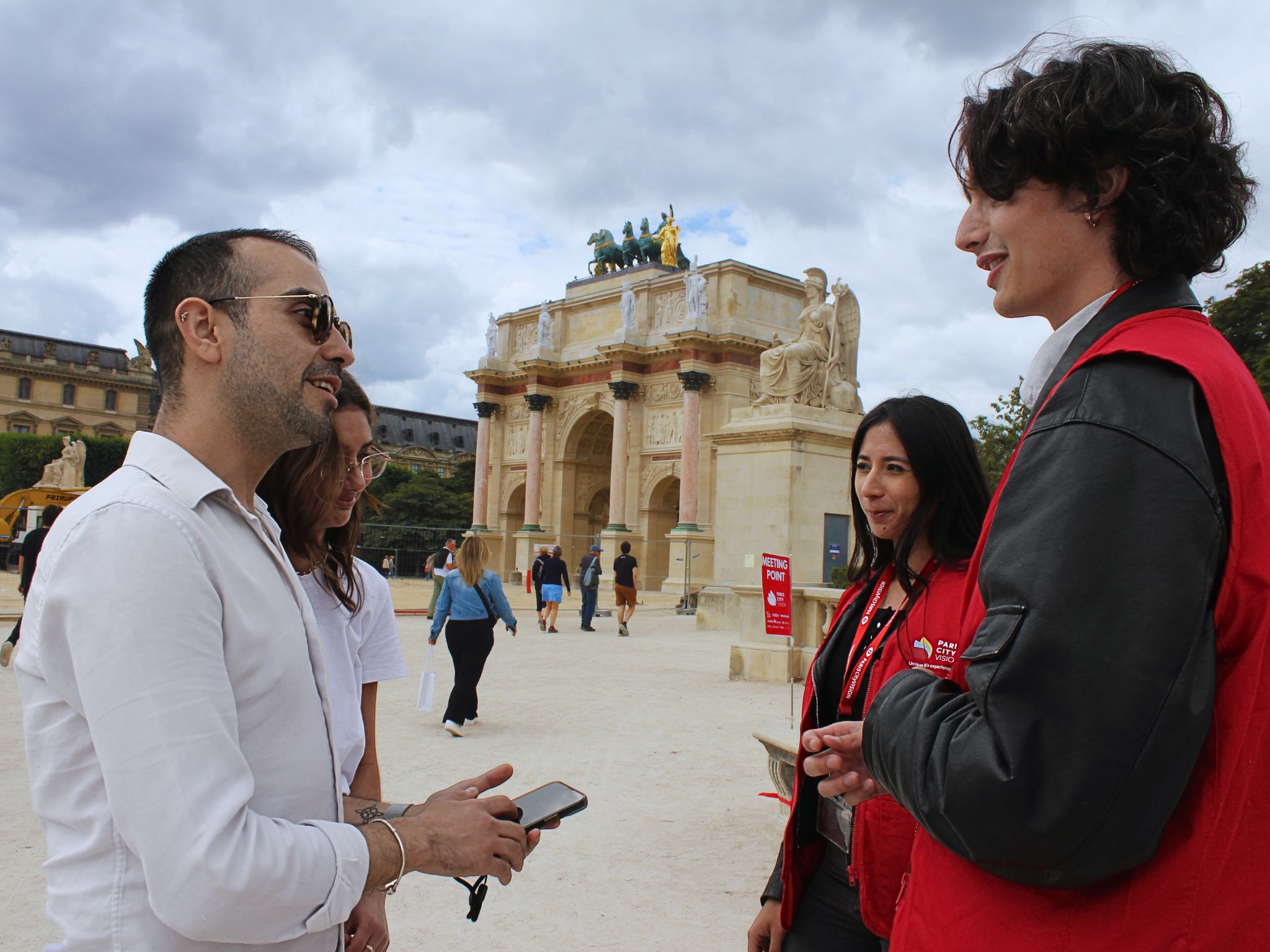Department of Egyptian Antiquities

Along with the Paintings Department, the Department of Egyptian Antiquities is the most famous part of the Louvre Museum. The pyramid reminds visitors of its importance. It houses relics from the history of the Egyptian empire and puts them on public display. Frescoes, everyday objects, sculptures, and of course sarcophagi make up the collection.
But where are the mummies?
When the Egyptian Department opened in 1827, it was very difficult to keep the mummies found during archaeological digs intact. This is why only one mummy can be seen at the Louvre Museum, even though plenty more were dug up. It was decided to bury them in Parisian cemeteries.
But even without mummies, the Department of Egyptian Antiquities is incredibly interesting. Its first director was none other than Jean-François Champollion, who deciphered the ancient hieroglyphs using the Rosetta stone that is now on display in London. It is thanks to him that the Durand, Salt and Drovetti collections were bought by order of King Charles X. Together with the objects brought in from the Napoleonic campaigns in Egypt, they formed the Louvre’s Egyptian Department.
It is now a highly popular part of the museum, which even inspired the world of fiction with the 1965 ORTF series Belphegor, Phantom of the Louvre.
Travel to Ancient Egypt without leaving the Louvre
Since 1997, the Egyptian Department has occupied the first and second floors of the Sully wing. For practical reasons, the heaviest items are kept on the first floor, such as the legendary sphinxes and the sarcophagi. This reduces wear that could have been caused during the Grand Louvre redevelopment. Jean-François Champollion had a very studious vision of the Egyptian Department. Appearances were not as important as the historical and ethnological vision. However, it was decided that the Sully wing would house the pieces in chronological order so that the aesthetic developments could be studied. The department also still has objects from the Coptic period, from Christian Egypt.
5 objects in the Egyptian collection not to be missed
The Seated Scribe
The Seated Scribe is the nickname of a painted limestone statue that shows an anonymous scribe sitting cross-legged. The position of his hands on his loincloth show the action of writing. His papyrus is placed on his lap while his right hand is holding a brush. The figure sits on a thin semicircular base. It is a good example of the painted sculpture of ancient times. It dates from around 2600-2500 BC.
Where to find it: Sully wing, 2nd floor, room 22
Amon Protecting Tutankhamun
Discovered in Karnak in 1857, Amon Protecting Tutankhamen is an impressive, dark statue made from diorite. Standing over 7 feet tall and measuring 17 inches wide by 30 inches deep, you can imagine the effect it would have had on visitors to the temple where it was originally found.
Where to find it: Sully wing, 2nd floor, room 25
Akhenaten and Nefertiti
King Akhenaten and Nefertiti are holding hands in this sculpture dating from their reign. The assumption is made that it is a statue that was displayed in Egyptian homes to be able to pay tribute to their sovereigns, who were elevated to the status of divinities. Made from limestone, this piece still has its authentic coloring.
Where to find it: Sully wing, 2nd floor, room 25
Chapel of the Tomb of Akhethotep
This building was a place for the loved ones of the deceased to come and make offerings. Dating from around 2400 BC, it came to the Louvre Museum in 1903. Visitors can enter in the same way as people would have done in ancient times.
Where to find it: Sully wing, 1st floor, room 4
Hippopotamus figurine
On the second floor, objects of all kinds, many of them decorative, are displayed in cabinets. There is jewelry, as well as animal representations. They give an idea of the fauna present in Egypt at the time. Objects like this one in bright blue earthenware were placed in the tombs of important people to accompany them to the afterlife.
Where to find it: Sully wing, 2nd floor, room 23
To round off a visit to the Egyptian Department, we invite you to walk through the Jardin des Tuileries to Place de la Concorde. There stands the famous Luxor Obelisk, gifted by Mehmet Ali to King Charles X and France. This is the right-hand obelisk of the two that stood at the entrance to Luxor temple and was erected in the square in 1836.
The Department of Egyptian Antiquities is definitely a must-see. To discover all its wonders, book a Louvre guided tour online with PARISCityVISION.


